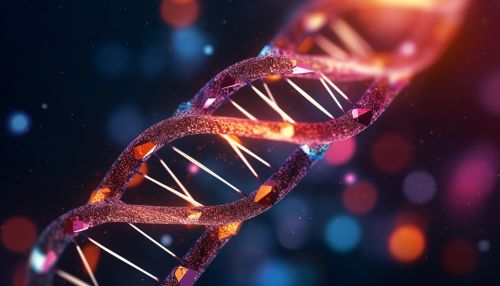Insertional mutagenesis
Introduction
Insertional mutagenesis is a process that alters the genetic information of an organism through the integration of additional genetic material at random or specific sites within the genome. This process is widely used in molecular biology and genetics to study gene function, create animal models of human diseases, and develop gene therapiesread more about gene therapy.
Mechanism of Insertional Mutagenesis
The process of insertional mutagenesis involves the use of vectors, such as viruses or plasmids, to deliver the additional genetic material into the host genome. The integration of this material can disrupt the normal function of genes, leading to changes in the phenotype of the organism. This disruption can occur through several mechanisms, including the interruption of coding sequences, alteration of regulatory elements, or the creation of novel fusion genes.
Applications in Research
Insertional mutagenesis has been a powerful tool in the field of genetics and molecular biology. It has been used to identify and study genes, understand their function, and create models of human diseases.
Gene Identification and Functional Analysis
One of the primary uses of insertional mutagenesis is in the identification and functional analysis of genes. By disrupting the normal function of genes, researchers can observe the resulting phenotypic changes and infer the role of the affected gene. This approach, known as forward genetics, has been instrumental in the discovery and characterization of many genes.
Creation of Disease Models
Insertional mutagenesis is also used to create animal models of human diseases. By introducing mutations that mimic those found in human diseases, researchers can study the progression of these diseases and test potential treatments in a controlled environment.
Limitations and Risks
While insertional mutagenesis is a powerful tool, it also has its limitations and risks. One of the main concerns is the potential for insertional mutagenesis to cause harmful mutations that can lead to diseases such as cancer. This is particularly relevant in the context of gene therapy, where the goal is to correct a genetic defect without causing additional harm.
Future Directions
Despite the risks, the potential benefits of insertional mutagenesis are significant. Researchers are continually developing new techniques and strategies to minimize the risks associated with insertional mutagenesis and maximize its potential benefits. These include the development of safer vectors for gene delivery and the use of targeted insertional mutagenesis, which allows for the insertion of genetic material at specific sites within the genome.
See Also


